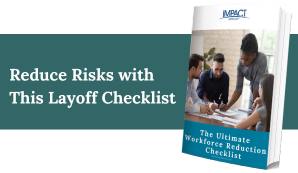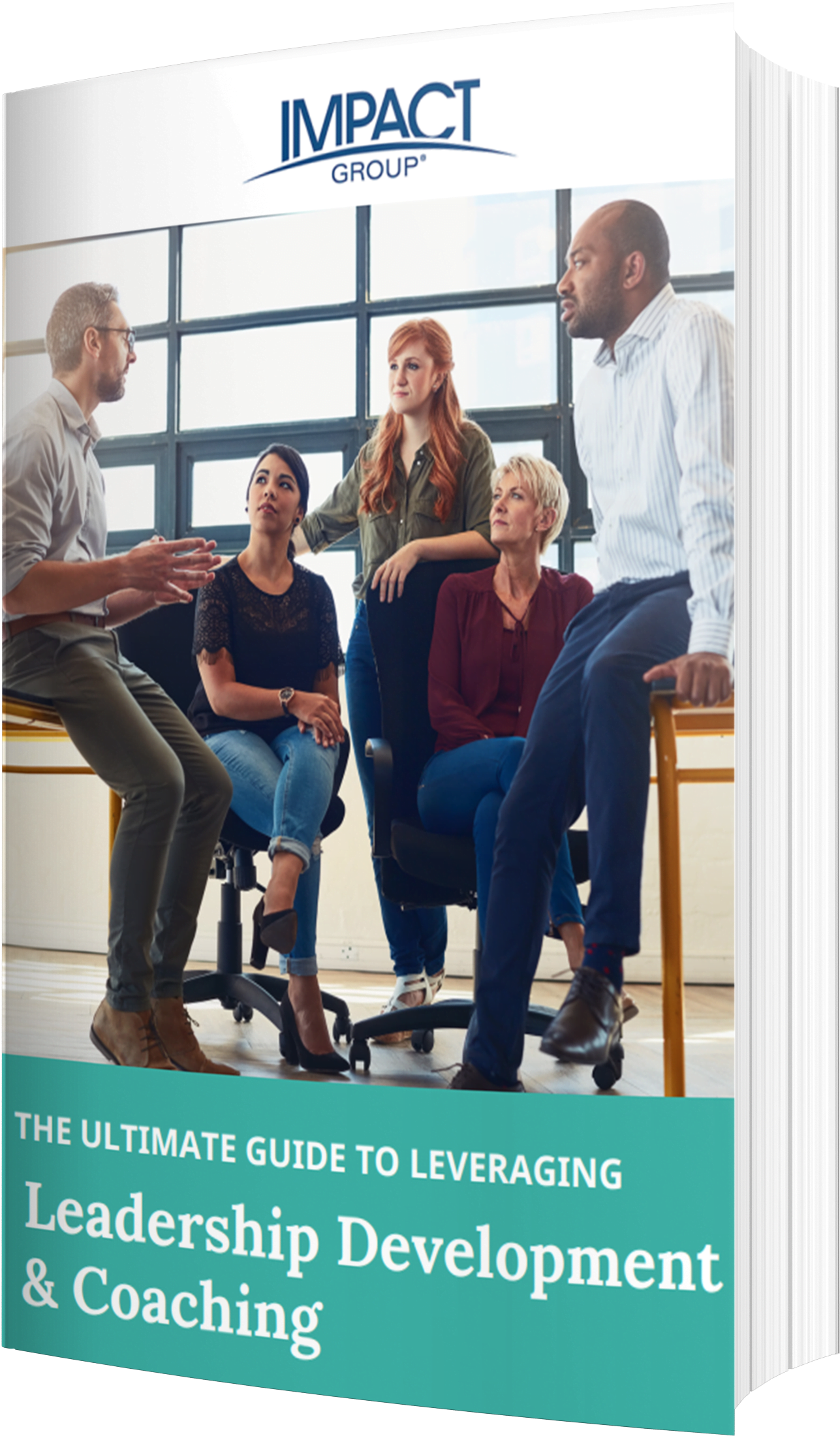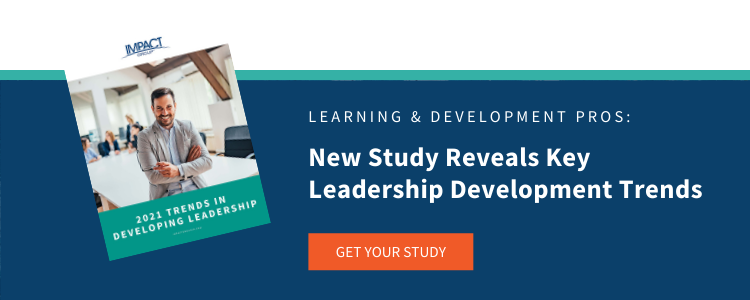In the 20 years Marcie Mueller has led talent and leadership development programs, she has learned there is a vast difference between sending employees to training versus investing in employee development. Your talent development strategy needs focused attention before, during, and after a program is offered.
How much did you apply from the last workshop training you attended? If you are like most people, the answer is not much. This costly mistake means talent dollars aren’t delivering the value that they should. It also means an organization’s talent development strategy isn’t achieving its goal.
The Deloitte Global Human Capital Trends* report surveyed 3,300+ business and HR professionals across the globe. The number of respondents who rated learning and development as important quadrupled year-over-year. The need for development is great – and there is no time or money to waste.
HR professionals are unanimous that training and development is crucial in the workplace. However, do you take measures to ensure valuable talent dollars are used wisely? Ask yourself these 4 questions to find out how well you maximize your talent development strategy.
1. Does your talent development strategy align with your strategic workforce planning?
Nearly 60% of HR professionals feel their workforce planning is weak.* When workforce planning is weak, your talent pipeline is inevitably weak.
“By developing a strong, strategic workforce plan that is fueled by a carefully crafted talent development strategy, companies can quickly adjust and respond to immediate talent needs,” says Marcie. “And companies can better anticipate what their training and development needs will be.” Instead of offering training for training sake – be strategic and specific about the ways you want your talent to grow. This makes the most of your investment.
2. Do team members help determine their development goals and what training they should attend?
“Offering training is not enough. Where you see the best results is when employees are actively involved in setting their professional development goals. They need to be provided opportunities to attend trainings that align with those goals,” comments Marcie. Get buy-in from the people who will actually benefit from the training. Maintain open communication and take ideas and suggestions from your team members. Let this information fuel your talent development strategy.
Custom talent programs should address the skills and competencies that are most important to your organization. This ensures your talent can best leverage those as strengths in the workplace.
3. Does the training program provide next steps for employees to achieve the results you desire?
Training is only valuable when applied. Creating and implementing specific action plans as a result of a training is the ultimate goal.
“I say this at the end of every workshop: Attending the workshop is a start – but applying the workshop concepts at work is what makes an impact.”
A great marriage is when training workshops are followed up with one-on-one coaching. “This allows individuals to work directly with a coach to develop an action plan based on their unique needs ,” says Marcie. “This blended approach ensures employees turn the 8-hour workshop into a real way to enhance their job performance and provide a value for the company.”
Other follow up ideas include using announcements and your company’s intranet to communicate workshop concepts and project updates. Participants can also select a peer accountability partner to check in with on an ongoing basis after the training. This gives them an opportunity to discuss what they have implemented and what they still have to do.
4. Speaking of accountability – are you helping employees be accountable for maximizing the training?
When follow-up coaching isn’t provided after a training program, accountability is key. Lead meaningful discussions with your employee before and after the training. Help her understand how you want her to grow in her role and what skills you want her to hone during the training. Then, be sure to clarify how you will help her apply her new knowledge. This extra steps is vital in ensuring your talent development strategy and program deliver on your goals.
“Managers need to be proactive after a training session, showing curiosity and interest in what the employee learned. Ask him how you can help him apply the lessons or encourage him to lead a meeting with his teammates to discuss the take-aways from the program.”
Your talent is more than worth your investment in training programs – and your proactive involvement in their training will further maximize that investment. IMPACT Group is here to help with tailored programs to advance your rising leaders, high potentials, women in leadership roles, and executives. Learn more about the immediate results we can deliver for your company today!
*Deloitte University Press, Global Human Capital Trends Report











